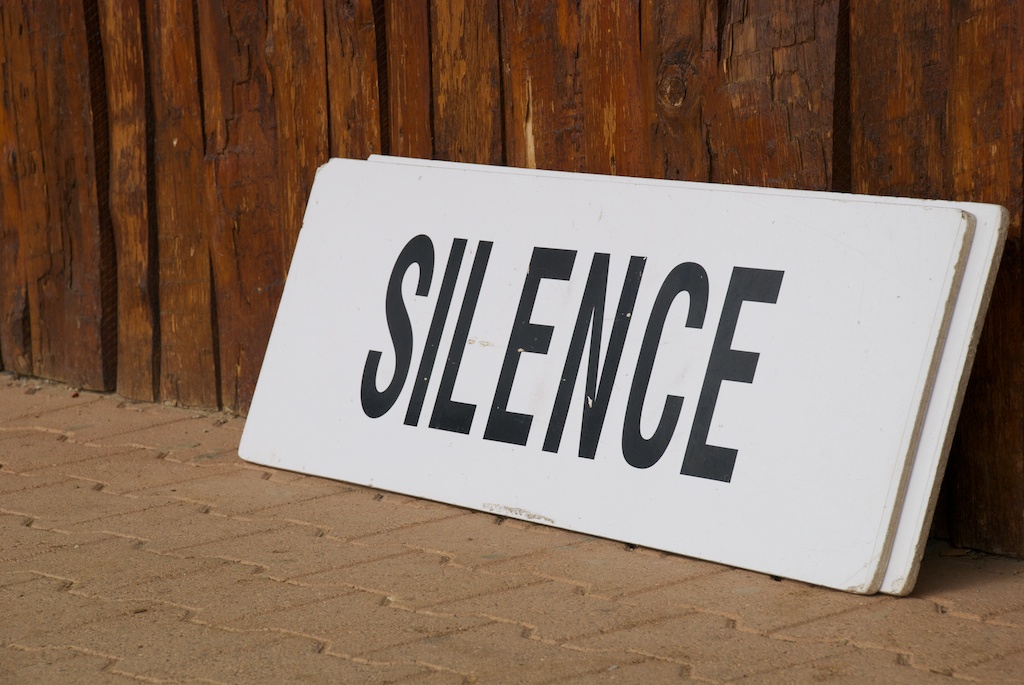 |
| Author Chris Eboch |
This post is adapted from You Can Write for Children:
How to Write Great Stories, Articles, and Books for Kids and Teenagers, from Chapter 5: Characters.
Some authors prefer to start with a plot idea, while
others start with an interesting character. Either can work, but ultimately the
plot and character must work together. Let’s start with a look at character
development, as it intersects with plot.
A strong story needs conflict. Without
conflict, you have one of those “slice of life” episodes that isn’t a real
story. But conflict doesn’t just come from
dramatic things happening. It comes from the character – what he or she needs
and wants, and why he or she can’t get it easily. Conflict comes from a
character with a problem or a goal.
 Let’s start with a premise: a kid has a math test on
Monday. Exciting? Hardly. But ask two simple questions, and you can add
conflict.
Let’s start with a premise: a kid has a math test on
Monday. Exciting? Hardly. But ask two simple questions, and you can add
conflict.
· Why is it important to
the character? The stakes should be high. The
longer the story or novel, the higher stakes you need to sustain it. A short
story character might want to win a contest; a novel character might need to
save the world.
· Why is it difficult
for the character? Difficulties can be divided
into three general categories, traditionally called man versus man, man versus
nature, and man versus himself. You can even have a combination of these. For
example, someone may be trying to spy on some bank robbers (man versus man)
during a dangerous storm (man versus nature) when he is afraid of lightning
(man versus himself).
For our kid with the math test, here’s one
example: It’s important because if he doesn’t pass, he’ll
fail the class, have to go to summer school, and not get to go to football
camp, when football is what he loves most. Assuming we create a
character readers like, they’ll care about the outcome of this test and root
for him to succeed.
Our football lover could have lots of challenges – he
forgot his study book, he’s expected to baby-sit a sibling, a storm knocked out
the power, he has ADHD, or he suffers test anxiety. But ideally we’ll relate
the difficulty to the reason it’s important. So let’s say he has a game Sunday
afternoon and is getting pressure from his coach and teammates to practice
rather than study. Plus he’d rather play football anyway.
We
now have a situation full of potential tension. Let the character struggle
enough before he succeeds (or fails and learns a lesson), and you’ll have a
story. And if these two questions can pump up a dull premise, just think what
they can do with an exciting one!
Fears and Desires
As that example
shows, conflict comes from the interaction between character and plot. You can
create conflict by setting up situations that force a person to confront their
fears. If someone is afraid of heights, make them go someplace high. If they’re
afraid of taking responsibility, force them to be in charge.
For example, my
middle grade fantasy The Genie’s Gift is set in the
fifteenth-century Middle East and draws on the mythology of 1001 Arabian Nights. It could have been
simply a magical adventure tale, but the main character gives the story depth.
She is anything but the typical swashbuckling hero:
“Thirteen-year-old
Anise, shy and timid, dreads marrying the man her father chooses for her. Her
aunt tells her about the Genie Shakayak, the giver of the Gift of Sweet Speech,
which allows one to charm everyone. Anise is determined to find the genie and
ask for the gift, so she can control her own future. But the way is barred by a
series of challenges, both ordinary and magical. How will Anise get past a
vicious she-ghoul, a sorceress who turns people to stone, and mysterious sea
monsters, when she can’t even speak in front of strangers?”
Because Anise
is so desperate to reach her goal, she tackles challenges far beyond her
comfort zone. This makes the dramatic action even more dramatic, while
providing a sympathetic character and a theme about not letting your fears stop
you from achieving your dreams.
You can also
create conflict by setting up situations that oppose a person’s desires.
Sometimes these desires are for practical things. In my middle grade mystery
set in ancient Egypt, The Eyes of Pharaoh, the main character
is a young temple dancer whose one goal is to win an upcoming contest. When her
friend disappears, she has to decide if winning the contest is really more
important than helping a friend.
Perhaps your
character simply wants an ordinary life. In my Mayan historical novel, The Well of
Sacrifice, Eveningstar never dreams of being a leader or a rebel. But
when her family, the government, and even the gods fail to stop the evil high
priest who is trying to take over the city, she’s forced to act. The reluctant
hero is a staple of books and movies because it’s fun to watch someone forced
into a heroic role when they don’t want it. (Think of Han Solo in Star Wars.)
To
build conflict:
· Start with the character’s goal. Create conflict
by setting up situations which oppose a person’s needs and desires.
· What does your main character want?
What does he need? Make these things different, and you’ll add tension. It can
be as simple as our football player
who wants to practice football, but needs to study. Or it
could be more subtle, like someone who wants to be protected but needs to learn
independence. (Or the reverse, someone who wants independence but still needs
to be protected. Those two characters could even be in the same story. Life is
complex, with many shades of gray, and books can explore that.)
· Even if your main problem is
external (man versus man or man versus nature), consider giving the character
an internal flaw (man versus himself) that contributes to the difficulty.
Perhaps your character has a temper, is lazy, or refuses to ever admit she’s
wrong. This helps set up your complications and as a bonus makes your character
seem more real.
· Your character may change or grow as
a person during the story. This is called a character arc. A character who
changes is usually more interesting than one who does not. However, growth does
not always mean a reversal of attitude. The growth can come from reaffirming
what the character already knew. For example, a child could know what is right
but struggle to do it. In the end he does what is right, growing by following
and reinforcing his beliefs.
· A character’s growth can reflect
your theme, by showing what the character learns.
· Before you start, test the idea by considering
different options. Change the character’s age,
gender, or looks. Change the point of view. Change the setting. Change the
internal conflict. What happens? Choose the combination that has the
most dramatic potential.
· The conflict must be important enough to sustain
the story, and it must not be too easy to solve. This will vary by story length
and readership age group.
· It should take more than one attempt to solve
the problem – three tries works well for shorter fiction. For longer fiction,
add more attempts, or have each attempt made up of several parts.
· To build original plots, brainstorm 10 possible
things that could happen next. Pick the least likely, so long as it makes sense
for the story.
Some
writers start with plot ideas and then develop the character who’ll face those
challenges, while others start with a great character and then figure out what
he or she does. Regardless, remember to work back and forth between plot and
character, tying them together with conflict.
You
Can Write for Children: How to Write Great Stories, Articles,
and Books for Kids and Teenagers offers
an overview on writing for young people. Learn how to find ideas and develop
those ideas into stories, articles, and books. Understand the basics of
character development, plot, setting, and theme – and some advanced elements,
along with how to use point of view, dialogue, and thoughts. Finally, learn
about editing your work and getting critiques.
Note: If you
order the print or large print version from Amazon, you can get the Kindle
version as a free add-on. You Can Write
for Children includes many links to additional resources; in the Kindle
version you can click to go directly to the websites or blogs listed. If you
don't have a Kindle, download a free Kindle app for your computer.






















